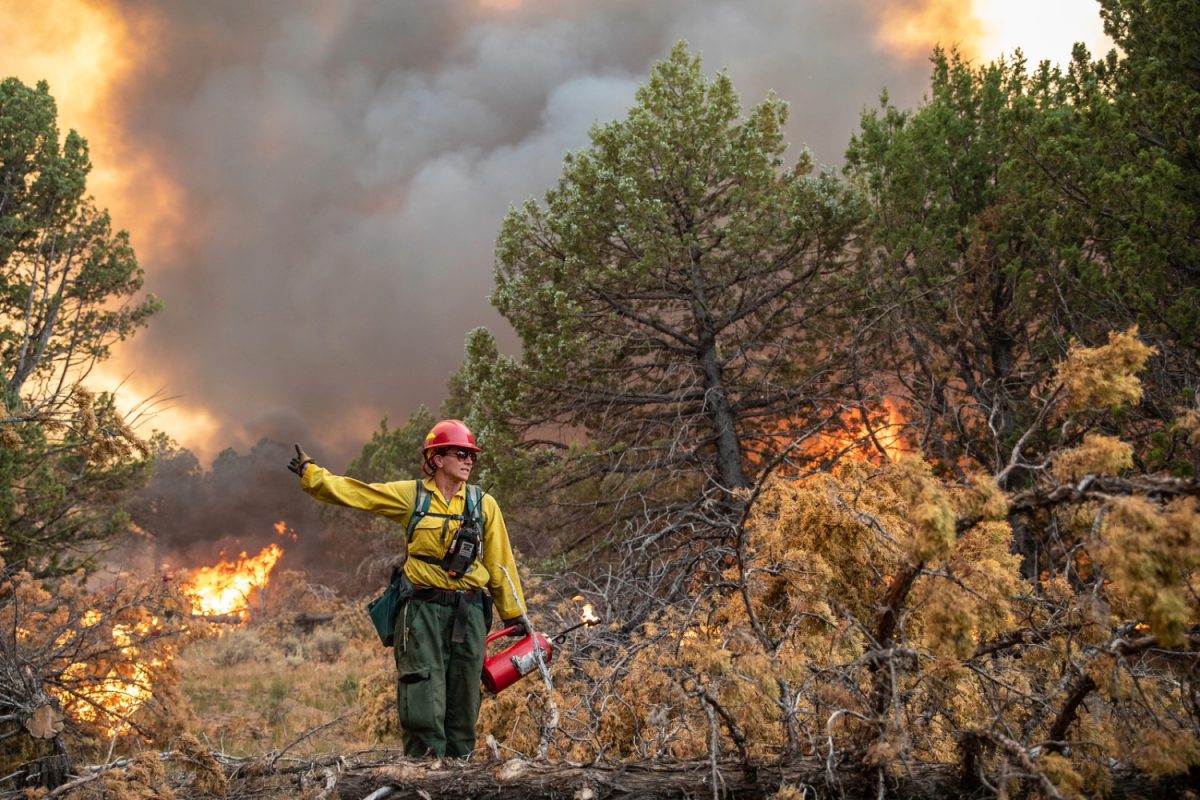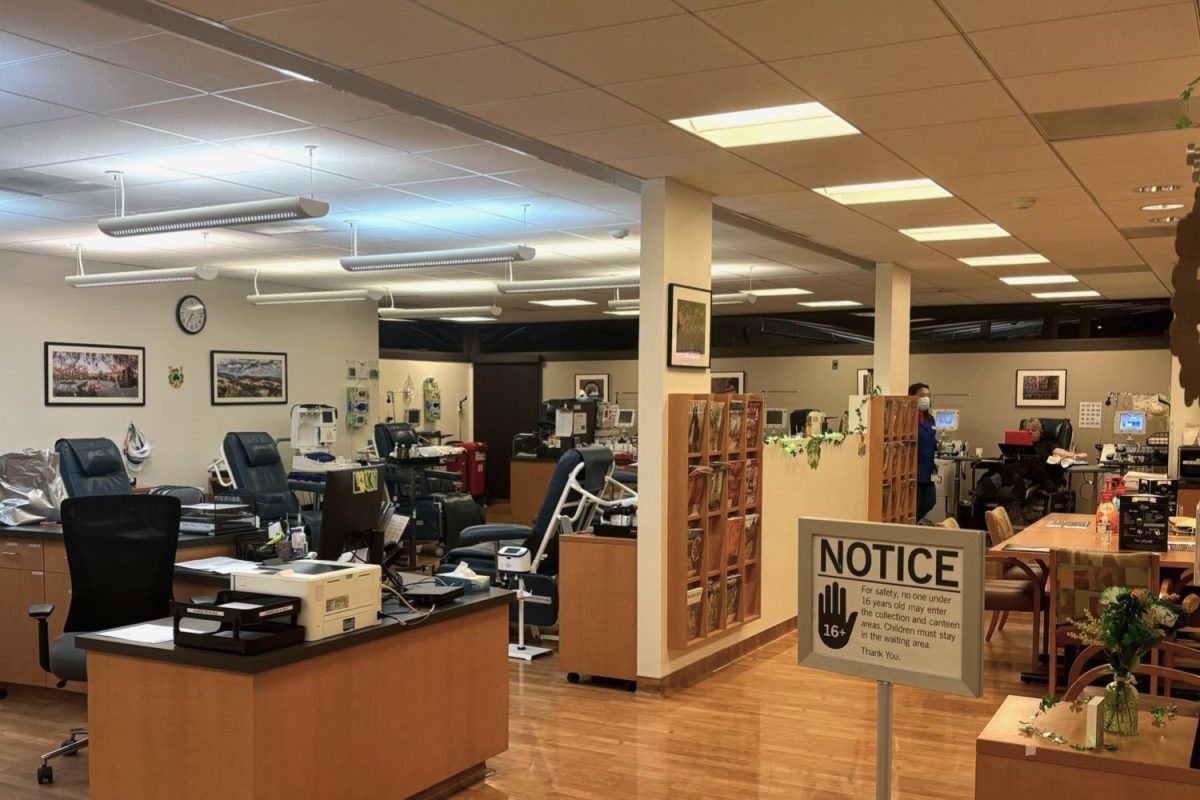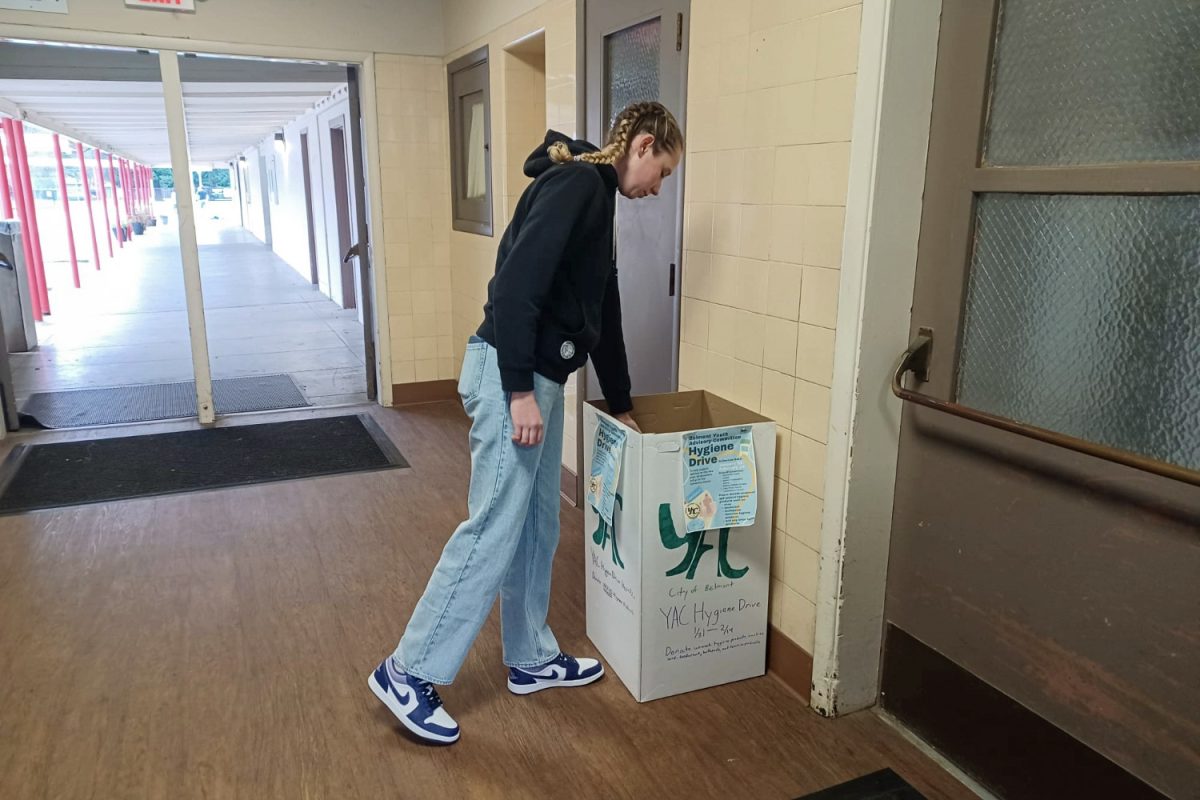Wildfire levels hit a lull, bringing relief to many residents.
In the past 50 years, wildfires have been burning an ever-increasing area in California due to climate change, according to a UCSB study. An enlarged focus on preventative measures and plentiful rains helped lower wildfire levels. This has led to only 319,070 acres burned so far in 2023.
The amount of rainfall is measured in a water year. A water year for California goes from Oct. 1 to Sept. 30. California’s last water year was very wet, with California receiving 141% of its typical precipitation. Rainfall helps to limit or prevent wildfires.
Preventative measures have also been vital in the lull in wildfires.
“Our goal is to stop devastation before it happens,” said California Gov. Gavin Newsom during an announcement of new investments in defenses against wildfires in July.
Last year, Newsom approved more than $1.3 billion in funding over the next two years to go toward forest health and wildfire resilience projects throughout the state.
The California Department of Forestry and Fire Protection gets rid of overgrown plants and manages vegetation. In addition, they often do controlled burns to reduce fire risk in susceptible areas.
Despite this, California wildfires still happen, and when they do, there are widespread effects. This year in California, 71 separate structures have been destroyed due to wildfires.
Wildfires have effects beyond just what they destroy.
“Our cross-country meet was canceled after the smoke got so bad it was deemed unsafe to run,” said Connor Cronin, a member of Carlmont’s cross-country team. “The smoke got worse very suddenly and we have several people on the team with asthma who were suffering.”

Beyond that, if the Air Quality Index (AQI) goes above 200, schools can cancel classes, creating problems far from the fire.
“The material we were supposed to learn when school gets canceled would get delayed, and we would have less time to learn it,” said Kaito Kobayashi, a junior at Carlmont.
A new National Integrated Drought Information System-funded study said that nearly all of the observed increase in burned area over the past half-century is attributable to anthropogenic climate change.
The increased temperature and aridity from climate change will likely only continue to grow the number of large wildfires by up to 50% more by the end of the century, according to a UCSD model.
“We live in this new reality where we can’t necessarily attach ourselves to some of the more predictive models of the past because of the nature of a world that’s getting a lot hotter, a lot drier, and much more uncertain,” Newsom said.












